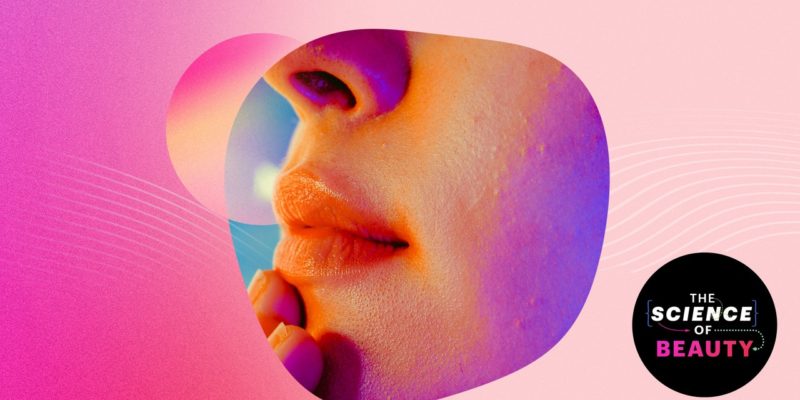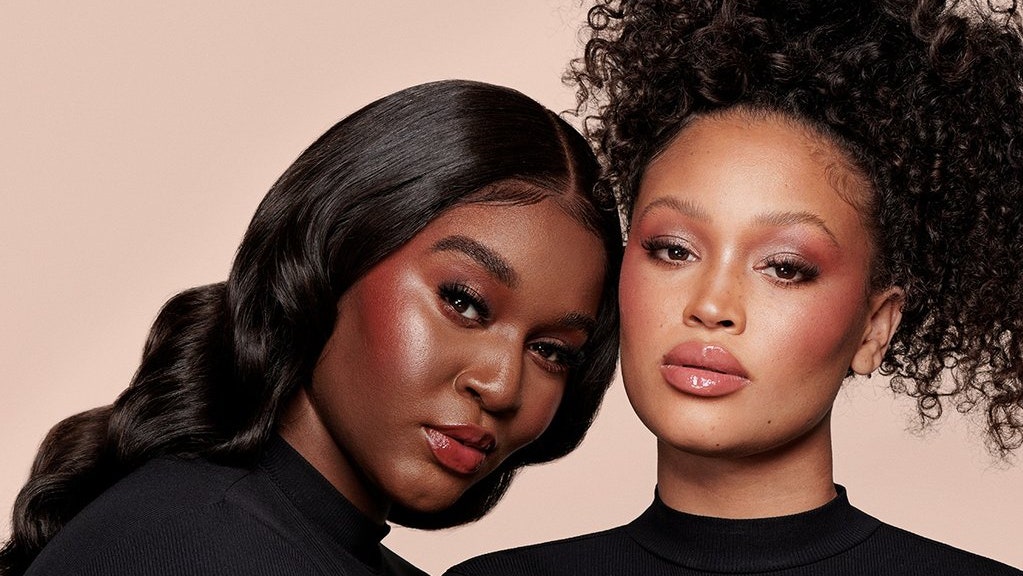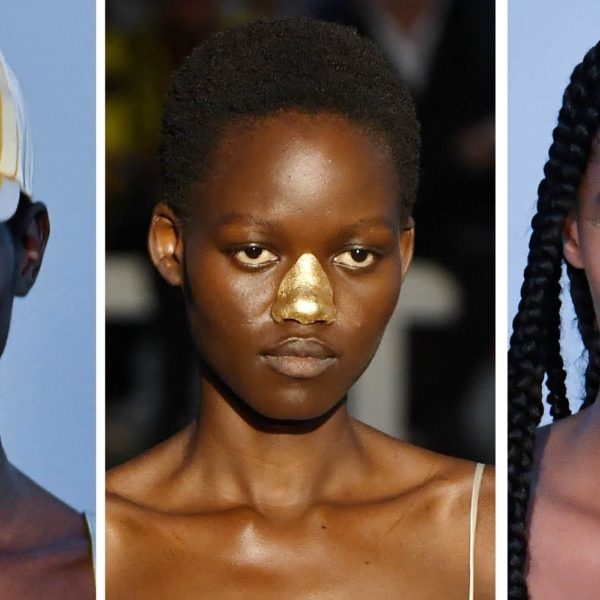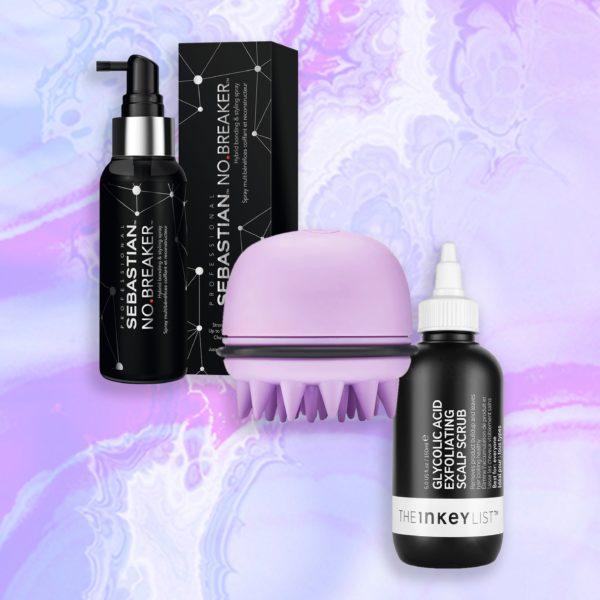Everything You’ve Ever Wanted to Know About Your Pores | The Science of Beauty Podcast
Gender is yet another factor. Men reportedly have higher sebum production and larger pore size due to an increased amount of testosterone and dihydrotestosterone (DHT) in the male body. A 2012 study published in the Archives of Dermatological Research found that testosterone and DHT (which is produced by testosterone) can stimulate the sebaceous glands and cause excess oil production — and therefore, create enlarged pores. Women, on the other hand, have their own hormonal factors — often due to their menstrual cycle — that can affect pore size, since hormone changes increase oil production in the skin.
Pore size differs across ethnic groups, too. In fact, a study conducted by researchers at L’Oréal found that pore sizes vary much more with ethnicity than with age. The study found that the most extreme average differences in pore size were between Chinese and Brazilian women. Chinese women had smaller pores, while Brazilian and Indian women had larger pores. Another study, conducted by Kao, found that Asian people have the smallest pore areas compared with other racial groups. African Americans, on the other hand, showed substantially more noticeable pores than any other racial group.
What happens when a pore is clogged?
Considering the average adult has five million pores on their body — with 20,000 on their face alone — it’s inevitable that a few of those openings will cause some issues. (Honestly, with so many on our body, it’s a little surprising that more aren’t acting up.) When a pore becomes blocked, it’s simply dead skin cells, sebum, and debris blocking the outlet and creating inflammation on the skin. But inflammation in a clogged pore doesn’t look the same across the board. Here are the differences:
Blackheads vs. Whiteheads
Blackheads — which appear as tiny black dots on the skin — are super common and caused by oil and debris that has oxidized and darkened within the pores. Whiteheads, on the other hand, are formed when dead skin cells collect on the surface of the skin and block pores, so oil and sebum balloon up. The oil trapped beneath combines with bacteria and causes the red, swollen bump that we all recognize as a pimple.
Cystic Acne
Cystic acne, which appears as huge, red, painful pimples, are generally caused by genetics and hormonal changes. They often recur in the same place because even if you manage to get rid of one, the pore can keep filling up with oil again and again.
Inflammatory Acne
Finally, inflammatory acne appears in the form of either pustules or papules. Pustules resemble whiteheads, and are filled with pus as a result of inflammation caused by bacteria. Papules are patches of small, red zits that don’t come to a head.
Should you do extractions at home?
Short answer: no. “I will never go ahead and give you my blessing to go do it,” says Idriss. Popping a pimple at home can leave you with an infection, swelling, or a scar.








